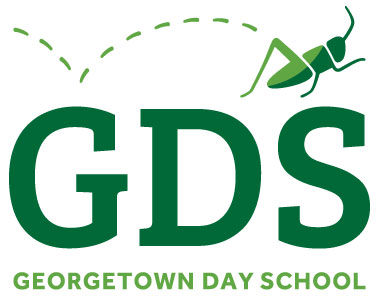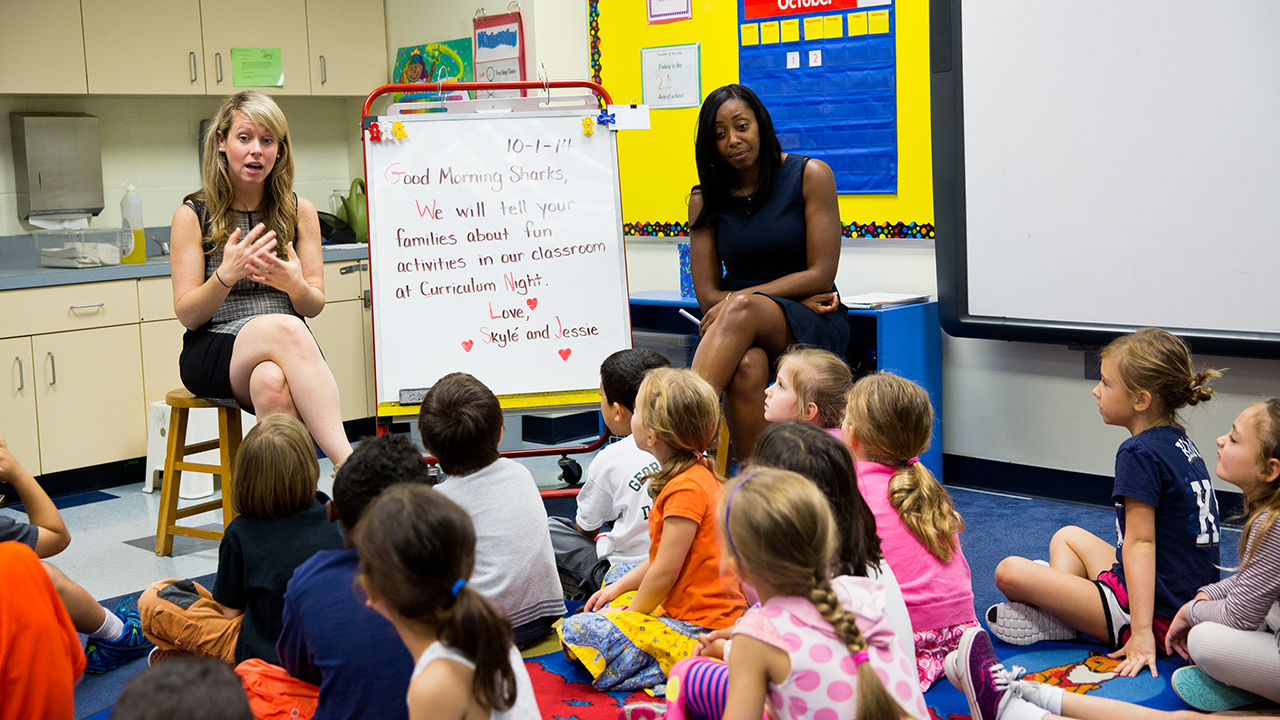Each spring, excitement runs through the Lower School at GDS as students begin picturing themselves in the next grade. They’re curious to know what their new classroom will look like, who their teachers will be, and what their schedules hold. Responsive to these concerns, teachers plan visits with the rising grade levels where students hear stories and seek answers to these questions.
Typically, the visit to the 2nd grade is as predictable as the zombie-like behavior the morning after Halloween: 2nd graders impart wisdom to the incoming class by recounting issues from their Native American unit and “star of the week,” while 1st graders are most interested in the timing of recess—is it before or after lunch? It is a learning experience for all.
Last spring’s visit to Mandy and Todd’s 2nd grade class was vastly different from any visit I’ve ever experienced. I was surprised and excited when the visit followed its own unique cadence. As our 1st graders filed into the classroom, the 2nd graders were bouncing at their desks as a beat box rhythm played from speakers at the back of the classroom. After a short explanation from Mandy and Todd, one by one, each 2nd grader took their crumpled paper to the front of the room and rapped the verses they wrote to share various highlights of 2nd grade.
The 1st graders sat mesmerized throughout the performance, snapping after each performance to show their appreciation. Our students still left with an idea of what they will study (and when recess will take place). But they also left knowing what they could look forward to in 2nd grade regarding the ways in which they will express their ideas and tell their stories.
Mandy and Todd’s creative approach to this visit beautifully reflects the vision our Language Arts department wrote last year:
Students will become fluent readers and writers, as well as effective communicators across multiple human perspectives, using different media for varied purposes. They will be equipped with the skills necessary to think critically, work collaboratively, and live healthy, happy, productive, and responsible lives.
These teachers’ ability to turn a 20-minute Q&A session into a cross-curricular language arts lesson showcased their students’ creative writing skills, and also the confidence and enthusiasm they instilled in each child. Mandy and Todd’s lesson is just one of many examples of the various ways our language arts program goes beyond simply teaching reading and writing, to also develop creative and articulate communicators eager to embrace different ways to think, speak, listen and even rap.




